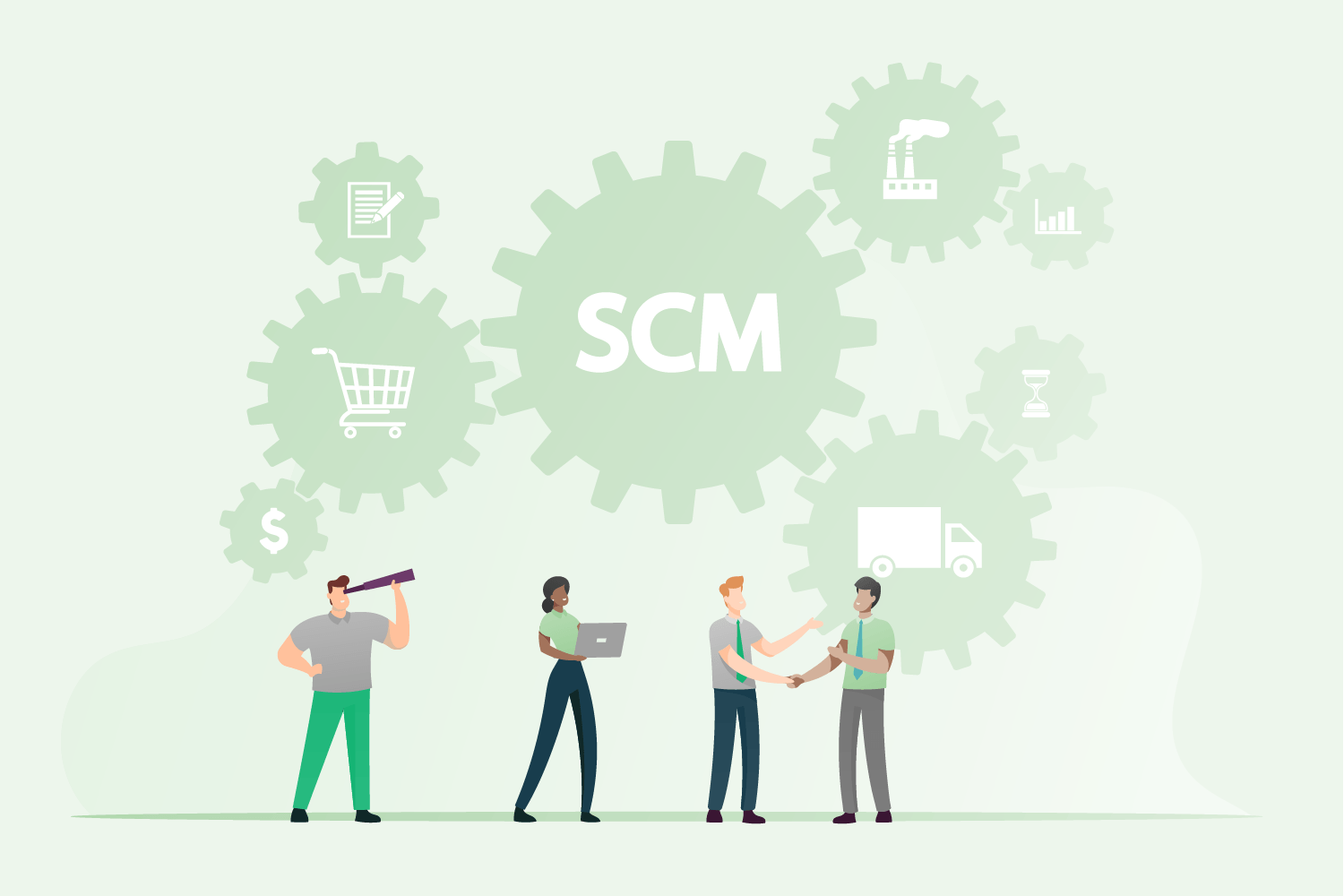- Java 21
- Spring boot 3.3.4
- Next.js
- Kafka
- Keycloak (Soon)
- Elasticsearch (Soon)
- SonarCloud (Soon)
- OpenTelemetry (Soon)
- Grafana, Loki, Prometheus, Tempo (Soon)
- Get the latest source code
- Add the following records to your host file:
127.0.0.1 api.harmony.local
127.0.0.1 identity
127.0.0.1 storefront
127.0.0.1 backoffice
127.0.0.1 phpmyadmin.scms.local
- Open terminal of your choice, go to project directory, run
./start-harmony.sh, wait for all the containers up and running
./start-harmony.shWarning: To run all the containers, you need a minimum of 16GB of RAM.
Note: If you use Linux, you may need to run
chmod +x ./start-harmony.shto make the script executable. Run./stop-harmony.shto stop all the containers.
- All the containers up and running then we start to get sample data for the services. Open terminal of your choice, go to project directory,
run
./start-data.sh, wait for all the services to get the sample data.
./start-data.shNote: If you use Linux, you may need to run
chmod +x ./start-data.shto make the script executable.
- docker-compose.yml for all core services
- docker-compose.services.yml exclude application services
- Give us a star
- Reporting a bug
- Participate discussions
- Propose new features
- Submit pull requests. If you are new to GitHub, consider to learn how to contribute to a project through forking
By contributing, you agree that your contributions will be licensed under MIT License.

